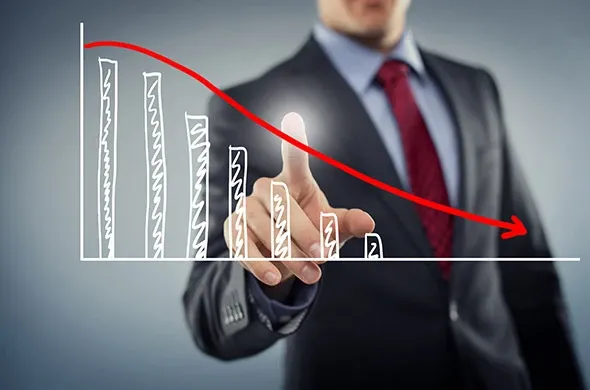Cloud Pushes Another Good Results for Microsoft
Microsoft posted another solid report for 1Q24.

Apple could see a bigger-than-expected decline in the average selling price for the iPhone as consumers gravitate toward cheaper models, according to Bloomberg.
Deutsche Bank wrote that average selling prices (ASPs) for the key product category could drop between 4% and 6% in fiscal 2020, thanks to both the cheaper price of the iPhone 11, which starts at $699, along with reduced prices for previous generations like the iPhone 8 and 8 Plus. Analyst Jeriel Ong estimated that these models could together account for 40% of iPhone unit sales over the next 12 months.
Ong noted that cheaper prices could yield higher unit sales, although “we do not yet have a strong enough sense of how pricing, in conjunction with the new feature sets of the new iPhones, will impact overall unit demand.“ He added that he was unsure whether the decline in ASPs “can be adequately offset by a commensurate rise y/y in units.“ Deutsche Bank has a hold rating and $210 price target on Apple shares.
According to a Bloomberg MODL estimate, Apple is expected to ship 182.7 million iPhones over 2020, which would represent a year-over-year decline of about 1.1%. The average selling price is expected to be $759.85, a year-over-year decline of 2.3%. In 2018, the iPhone accounted for more than 60% of Apple’s total revenue, according to data compiled by Bloomberg.
Piper Jaffray wrote that a survey of iPhone owners suggested “limited excitement“ for the just-launched models, with the most interest seen in the lower-priced versions. Given “the promise of 5G devices on the horizon,“ users upgrading their iPhones over the coming 12 months “are less likely to buy a higher-end model,“ which will mean a lower ASP for iPhones this year compared with last year, analyst Michael Olson wrote. Rosenblatt Securities wrote that ASP declines were “the main concern for iPhone sales this year.“